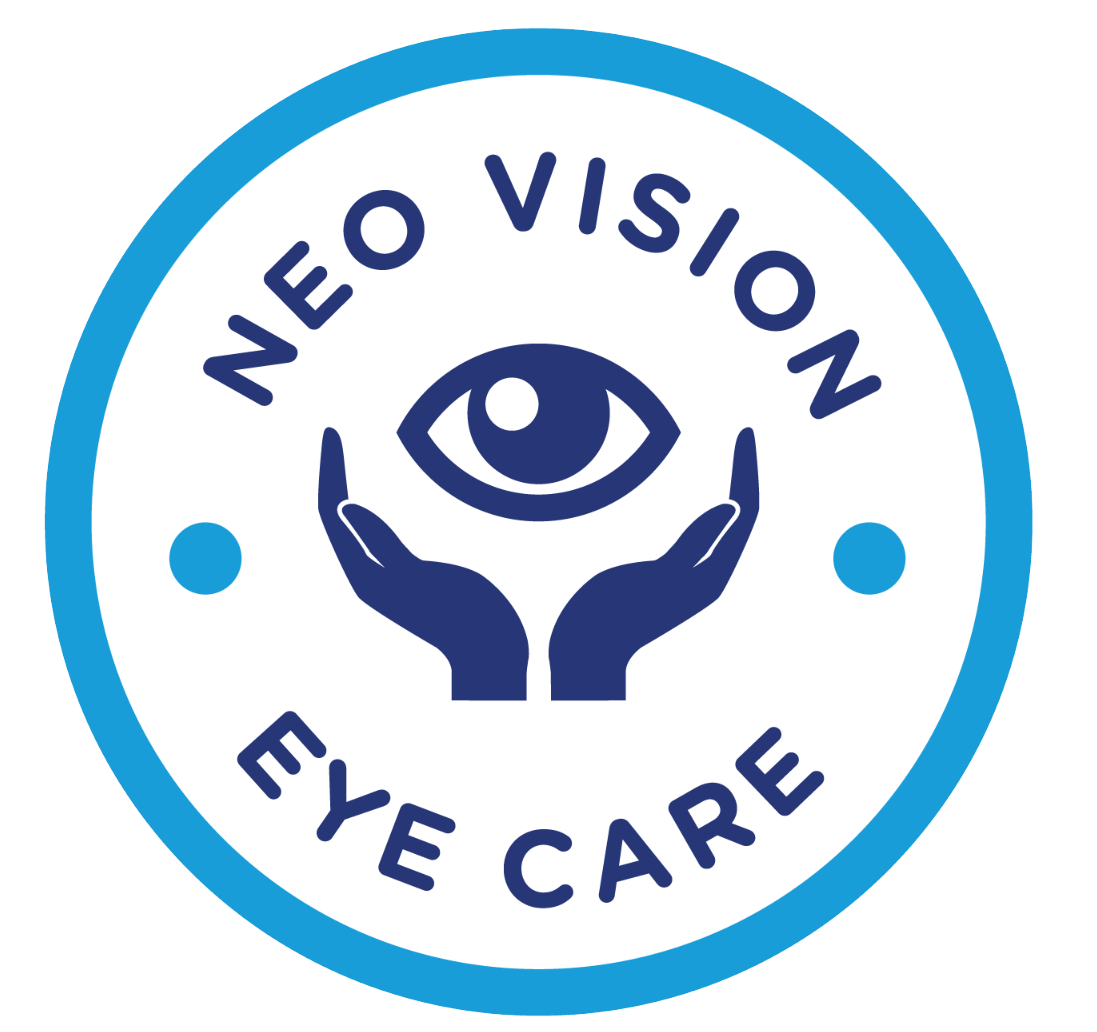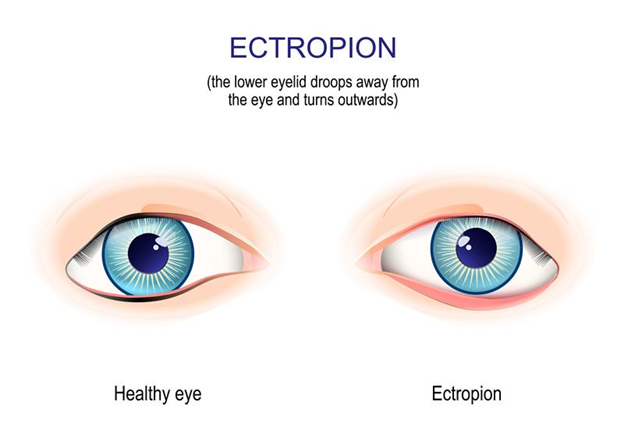Ectropion is a condition affecting the eyelids, and it can significantly impact daily life and vision health. In this blog, we aim to shed light on this condition, making it easier for you to understand what it is and how it can be managed. Whether you’re concerned about symptoms or treatment options, this comprehensive overview will guide you. We’ll dive into what ectropion is, the causes behind it, the symptoms indicating when to seek help, as well as treatment and prevention strategies.
Understanding Ectropion
Ectropion is a condition where the lower eyelid rolls outward, away from the eyeball. This condition exposes the inner eyelid, leading to discomfort. Unlike other eyelid conditions, ectropion results in visibility of the inner lid. This key characteristic sets it apart. The outward roll distinguishes ectropion from issues like entropion, where the eyelid rolls inward. Spotting this difference can aid early intervention and help maintain eye health.
Causes of Ectropion
Ectropion is often linked to aging. As we get older, our tissues lose elasticity and strength. This natural process can cause the lower eyelid to droop. Congenital causes arise from birth, affecting the eyelid’s structure. For children with congenital ectropion, careful monitoring is vital. Medical implications often require timely intervention to avoid long-term issues.
Cultural and environmental factors also play a role. In India, exposure to intense sunlight can contribute to ectropion. Harsh environmental conditions demand protection like sunglasses or hats. Ectropion can also result from injuries, scars, or health conditions such as skin disorders. Addressing these triggers can reduce the risk of developing ectropion. By understanding these causes, you can better manage risks and seek timely help.
Symptoms: When to Seek Help
Recognizing ectropion symptoms early can prevent complications. Common signs include redness, irritation, and excessive tearing. If you experience these regularly, seeking professional advice is essential. Watch for persistent discomfort or eyelid changes. These might signal when to consult an eye specialist. Prompt action can avoid long-term discomfort and preserve eye health.
Diagnosing Ectropion
Diagnosing ectropion typically involves a standard eye exam. Specialists check eyelid position and function. You might discuss symptoms or past injuries during consultations. Questions about eye discomfort and tear production help in understanding the severity. Being open with your eye doctor supports accurate diagnosis and personalized treatment.
Ectropion in India: A Cultural Perspective
In India, ectropion is increasingly recognized, though awareness is still growing. Cultural practices, including sun exposure without protection, can affect eye health. Regional differences in healthcare access also play a part. It’s crucial to encourage protective eyewear and regular eye checks. Increasing awareness can help reduce prevalence and improve eye health outcomes across various communities.
Treatment Options for Ectropion
For mild ectropion, non-surgical treatments often suffice. Lubricating drops and ointments can ease irritation and keep eyes moist. They offer relief and support everyday comfort. In more severe cases, surgery may be advised. Surgical procedures aim to restore eyelid function. Recovery is generally smooth, with most returning to normal activities quickly.
Several Indian patients have successfully undergone these treatments, sharing their positive experiences. These stories highlight the effectiveness of both surgical and non-surgical options. Understanding treatment possibilities helps you make informed decisions about eye care.
Preventive Measures and Lifestyle Adjustments
Preventing ectropian involves simple lifestyle changes. Wearing sunglasses and hats guards your eyes against harmful sun rays. Maintaining overall eye health is key. Regular eye check-ups and being mindful of environmental factors can help in avoiding ectropion.
Risks of Untreated Ectropion
Untreated ectropion can lead to unpleasant complications. Without proper treatment, you risk infections or damage to the eye surface. Long-term impacts may affect vision stability and overall eye wellness. It’s imperative to address symptoms promptly and seek professional advice.
Differentiating Ectropion from Similar Conditions
Ectropion can be mistaken for other eyelid issues. Like entropion, where the eyelids roll inwards or infections causing eyelid swelling. Being aware of these differences helps ensure accurate diagnosis. Noticing distinctions in symptoms allows better understanding and supports seeking appropriate care.
Conclusion
To sum up, understanding ectropion boosts proactive eye care. Timely consultations with specialists can prevent potential complications. This blog has walked you through causes, symptoms, and treatments, equipping you with knowledge. Seek community support where needed, and remember, early intervention often prevents worsening conditions.


